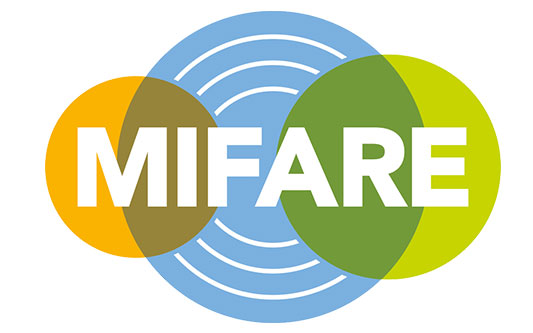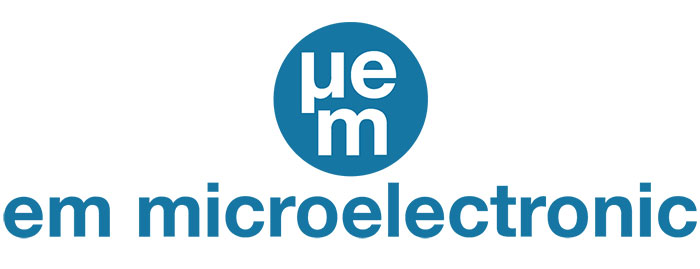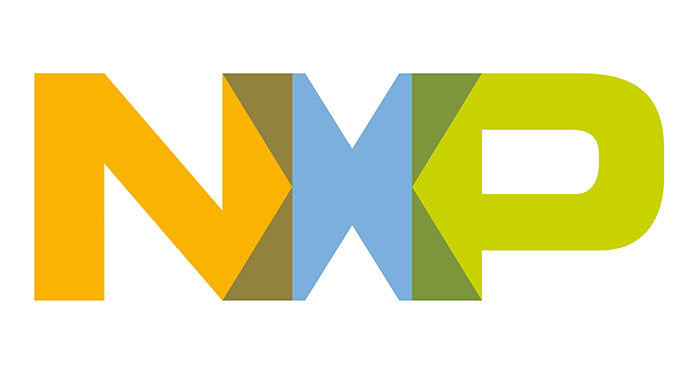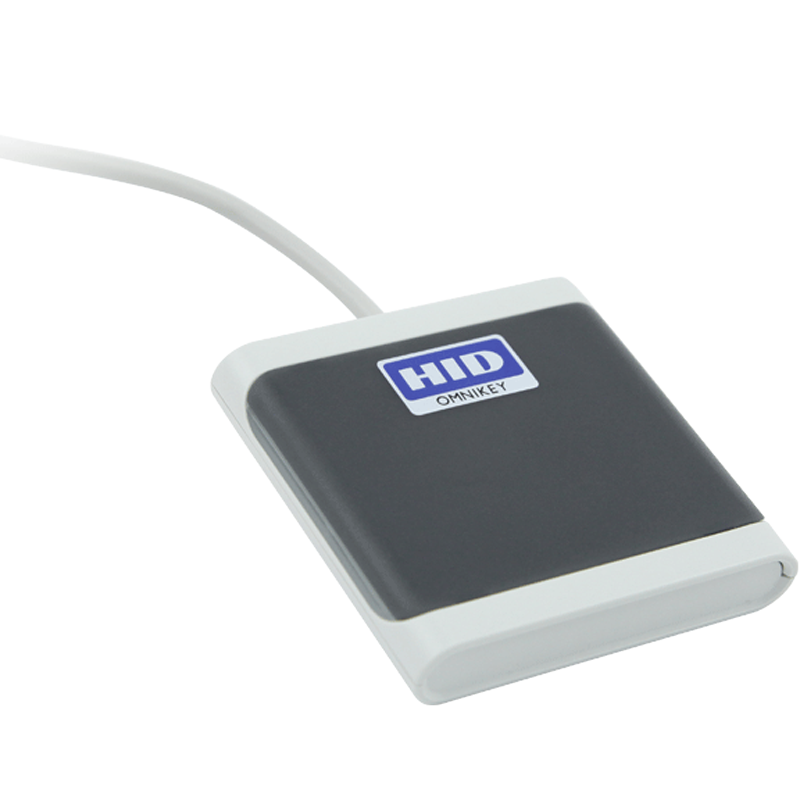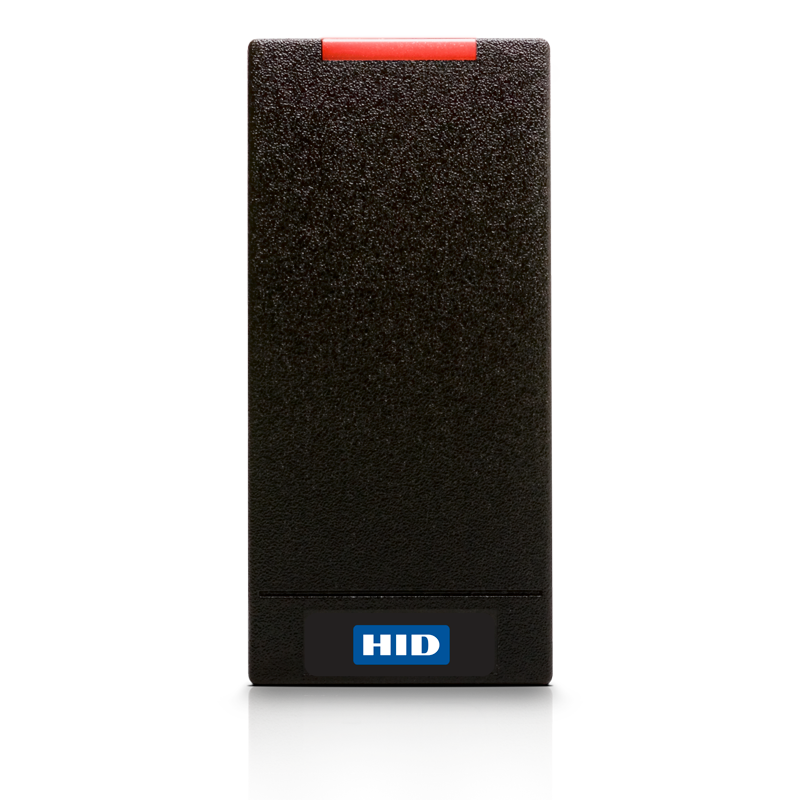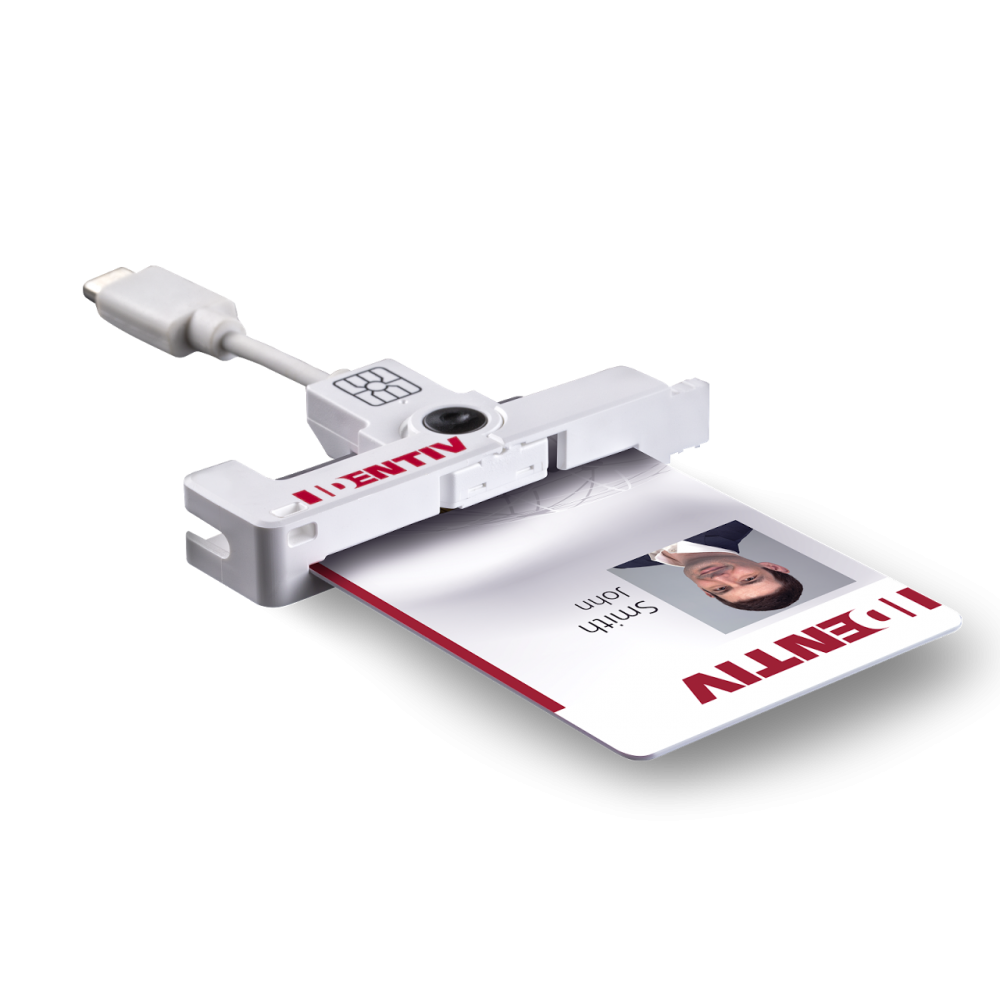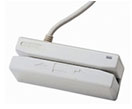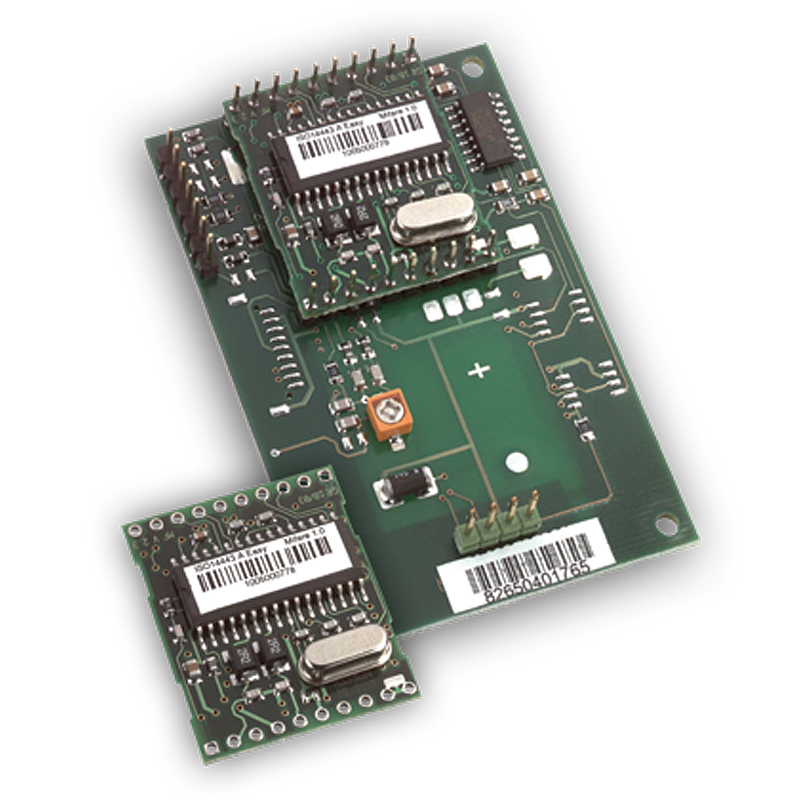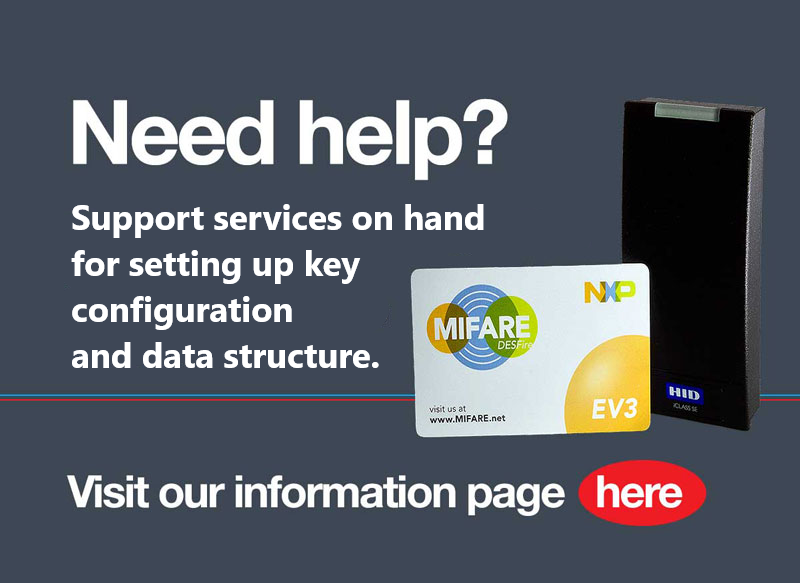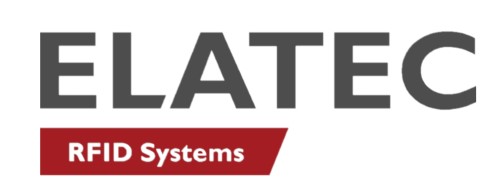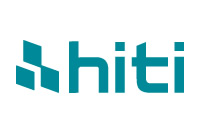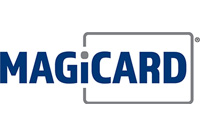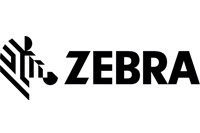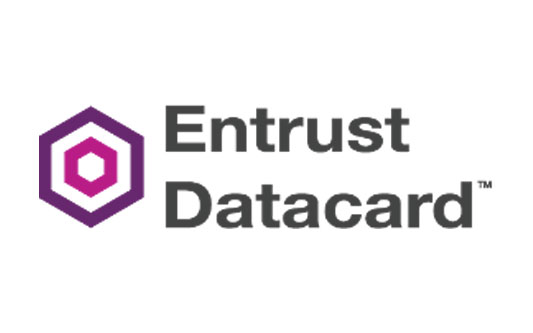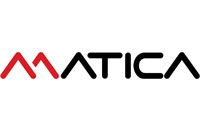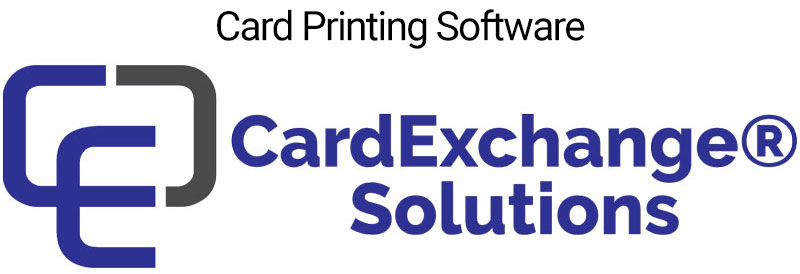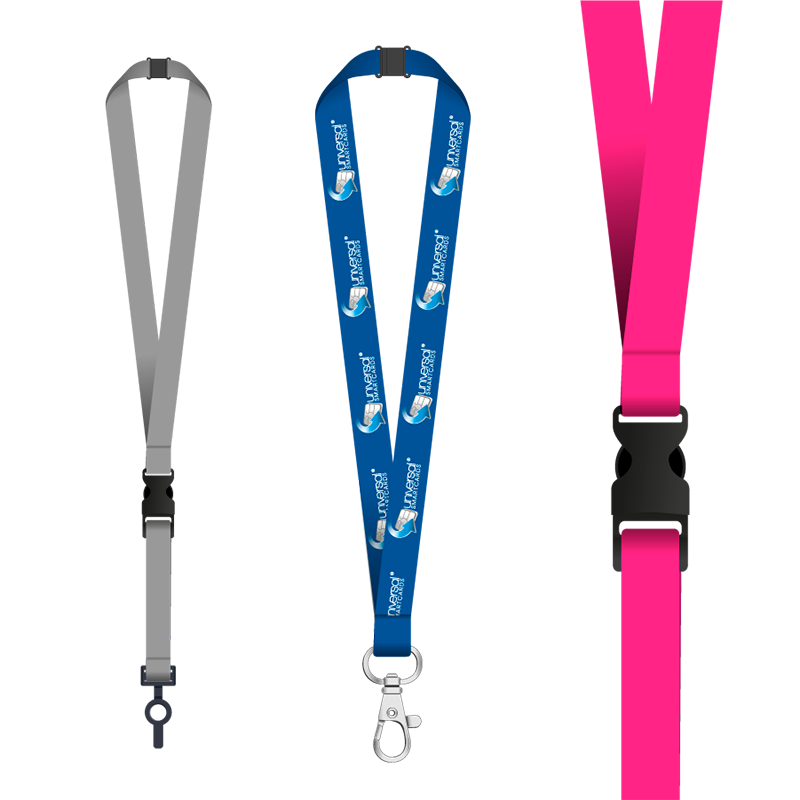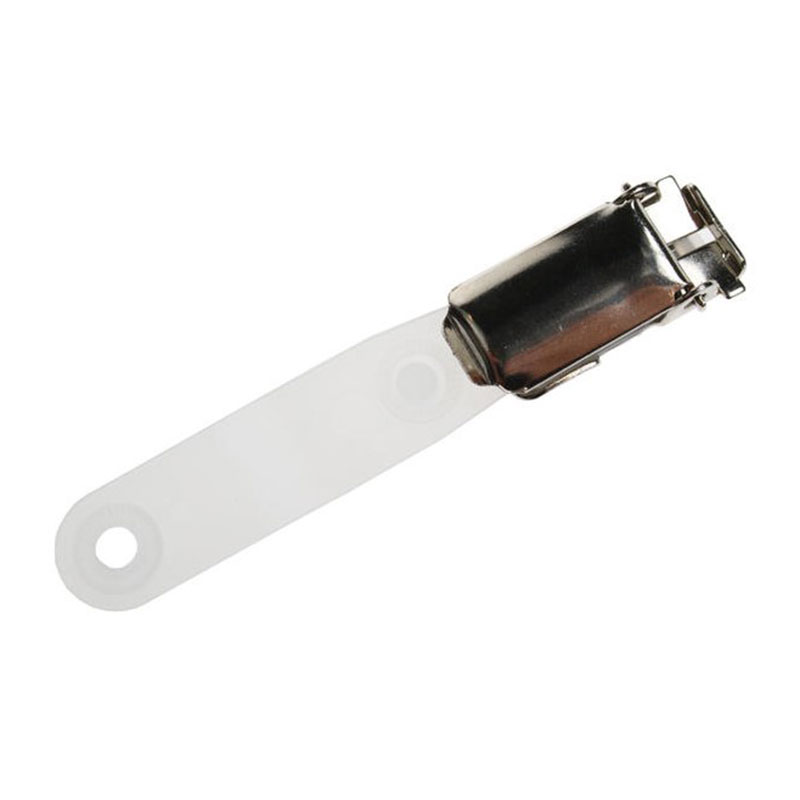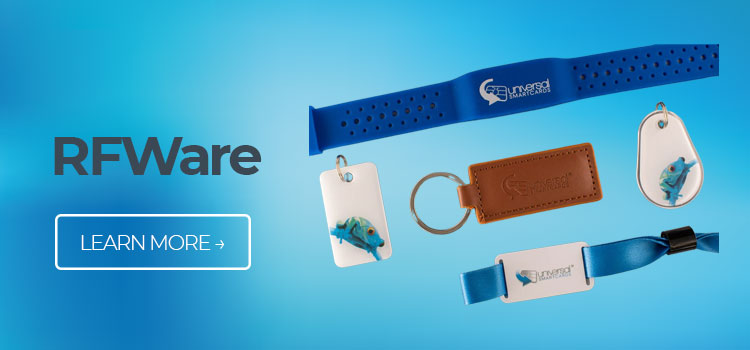
Cybercrime continues to increase every year, with some reports estimating that it now costs the world an astonishing $1 trillion or roughly £755 billion. There are many ways in which these criminals can affect your organisation. If it’s not the direct financial impact of money being stolen, it could be the theft of data, which can lead to the loss of confidence from your customers, compensation claims, loss of integrity and more. With that in mind have you considered the impact cybercrime could have on your organisation?
So, what steps can we take to help prevent cybercrime? Some are obvious, others not so. In today’s post, we explore some of the ways we can help reduce the possibility of your organisation becoming a victim.
Use a multi-factor authentication solution
A multi-factor authentication solution like HID DigitalPersona® is a great way to help increase the digital security in your organisation allowing you to implement multiple security checks before access to computer networks, applications and more, is granted to the user.
Using just a username and password is simply no longer effective, particularly against phishing, spear-phishing and credential-stealing malware. This is where an authentication package like HID® DigitalPersona® provides a better defence against unauthorised access. HID® DigitalPersona® deploys Multi-Factor Authentication (MFA) so that if your password has been compromised (the only factor needed to gain access to your network) then a second or third factor is needed. These factors could include things like presenting a smart card,
Update your passwords regularly
This might seem an obvious thing to do, however, many organisations still allow their users to keep the same password for an indefinite amount of time. Should the password be leaked, then an unscrupulous user may be able to use the details to log into your systems again and again.
A great way to manage this, especially in an organisation with hundreds or even thousands of users, is by asking the network administrator in your organisation to set up policies that force the user to change their password at a set interval, typically organisations opt for every 90 days. In addition to this, your network administrator can also set various other policies to ensure password security, such as setting things like a minimum password length, complexity and the number of times a password can be reused.
Introduce antivirus and firewall, and keep them up to date
Antivirus and firewall applications have long been the best way for you to protect the devices in your organisation from malicious attacks. Antivirus software can be easily loaded onto a computer, server and many other devices to block malware and other malicious viruses from entering your network and compromising your data.
A firewall is also important when defending your data against malicious attacks. It helps to prevent hackers, viruses and other malicious software from gaining access to your network over the internet. A firewall may be in the form of a software program, a physical standalone appliance or it may even be integrated into your router.
There are many options when it comes to choosing the right antivirus and firewall solutions for your organisations and we’d recommend bringing in an IT security expert to review this for you.
Educate your users
One of the most simple and effective ways to deter cybercriminals and malicious attacks is to educate your users to become more aware of security risks. This can include a wide range of things, from simple advice on never sharing passwords, to spotting phishing emails or not visiting untrusted websites.
There are lots of ways in which you can do this such as introducing a computer usage policy, that staff members must read and sign or employing a security partner that will deliver a cybersecurity course to your staff.
Implement Spam Filters
Another great but simple way to ensure that no one can access the data in your organisation is by implementing a spam filter. Spam emails can contain malicious software, phishing scams and more.
There is a wide range of ways to do this with various spam filter packages on the market, most email systems now include spam filters that can be configured to meet your organisations' induvial needs. A great place to start is speaking with your IT administrator or an outside IT support company.
Taking the next steps
Today we’ve touched on just a handful of the ways in which you can protect your organisation from cybercriminals and malicious attacks and many of these are basic security principles, that can be easily implemented by your network administrator. No matter the size of an organisation, it’s always good to conduct a security review, as policies can become outdated and simple things can get missed. So, we’d recommend a review of the above factors to ensure that you are protected against threats.
If you’d like to take your security to the next level, with a multi-factor authentication solution like HID DigitalPersona®, then our experts are on hand to talk you through this. Get in touch with our specialists today to find out more.

